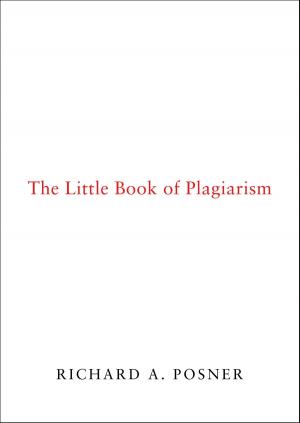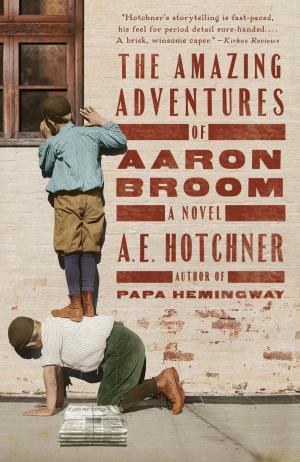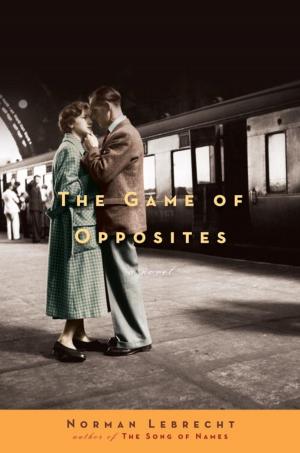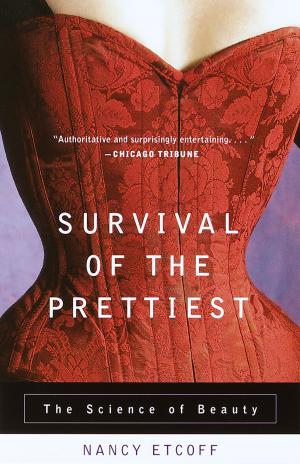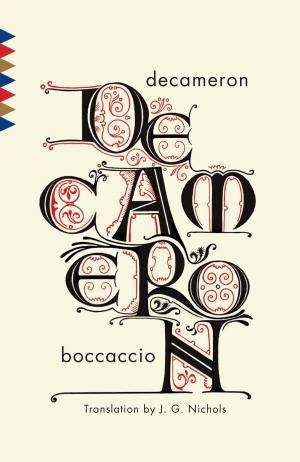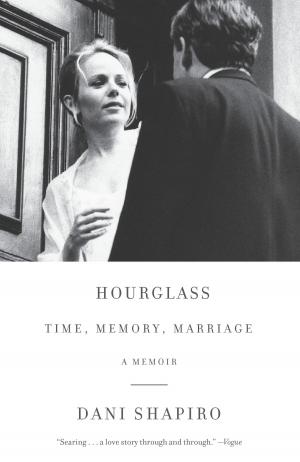Nothing If Not Critical
Essays on Art and Artists
Nonfiction, Art & Architecture, General Art, Criticism, Biography & Memoir, Artists, Architects & Photographers| Author: | Robert Hughes | ISBN: | 9780307809599 |
| Publisher: | Knopf Doubleday Publishing Group | Publication: | February 22, 2012 |
| Imprint: | Knopf | Language: | English |
| Author: | Robert Hughes |
| ISBN: | 9780307809599 |
| Publisher: | Knopf Doubleday Publishing Group |
| Publication: | February 22, 2012 |
| Imprint: | Knopf |
| Language: | English |
From Holbein to Hockney, from Norman Rockwell to Pablo Picasso, from sixteenth-century Rome to 1980s SoHo, Robert Hughes looks with love, loathing, warmth, wit and authority at a wide range of art and artists, good, bad, past and present.
As art critic for Time magazine, internationally acclaimed for his study of modern art, The Shock of the New, he is perhaps America’s most widely read and admired writer on art. In this book: nearly a hundred of his finest essays on the subject.
For the realism of Thomas Eakins to the Soviet satirists Komar and Melamid, from Watteau to Willem de Kooning to Susan Rothenberg, here is Hughes—astute, vivid and uninhibited—on dozens of famous and not-so-famous artists. He observes that Caravaggio was “one of the hinges of art history; there was art before him and art after him, and they were not the same”; he remarks that Julian Schnabel’s “work is to painting what Stallone’s is to acting”; he calls John Constable’s Wivenhoe Park “almost the last word on Eden-as-Property”; he notes how “distorted traces of [Jackson] Pollock lie like genes in art-world careers that, one might have thought, had nothing to do with his.” He knows how Norman Rockwell made a chicken stand still long enough to be painted, and what Degas said about success (some kinds are indistinguishable from panic).
Phrasemaker par excellence, Hughes is at the same time an incisive and profound critic, not only of particular artists, but also of the social context in which art exists and is traded. His fresh perceptions of such figures as Andy Warhol and the French writer Jean Baudrillard are matched in brilliance by his pungent discussions of the art market—its inflated prices and reputations, its damage to the public domain of culture. There is a superb essay on Bernard Berenson, and another on the strange, tangled case of the Mark Rothko estate. And as a finale, Hughes gives us “The SoHoiad,” the mock-epic satire that so amused and annoyed the art world in the mid-1980s.
A meteor of a book that enlightens, startles, stimulates and entertains.
From Holbein to Hockney, from Norman Rockwell to Pablo Picasso, from sixteenth-century Rome to 1980s SoHo, Robert Hughes looks with love, loathing, warmth, wit and authority at a wide range of art and artists, good, bad, past and present.
As art critic for Time magazine, internationally acclaimed for his study of modern art, The Shock of the New, he is perhaps America’s most widely read and admired writer on art. In this book: nearly a hundred of his finest essays on the subject.
For the realism of Thomas Eakins to the Soviet satirists Komar and Melamid, from Watteau to Willem de Kooning to Susan Rothenberg, here is Hughes—astute, vivid and uninhibited—on dozens of famous and not-so-famous artists. He observes that Caravaggio was “one of the hinges of art history; there was art before him and art after him, and they were not the same”; he remarks that Julian Schnabel’s “work is to painting what Stallone’s is to acting”; he calls John Constable’s Wivenhoe Park “almost the last word on Eden-as-Property”; he notes how “distorted traces of [Jackson] Pollock lie like genes in art-world careers that, one might have thought, had nothing to do with his.” He knows how Norman Rockwell made a chicken stand still long enough to be painted, and what Degas said about success (some kinds are indistinguishable from panic).
Phrasemaker par excellence, Hughes is at the same time an incisive and profound critic, not only of particular artists, but also of the social context in which art exists and is traded. His fresh perceptions of such figures as Andy Warhol and the French writer Jean Baudrillard are matched in brilliance by his pungent discussions of the art market—its inflated prices and reputations, its damage to the public domain of culture. There is a superb essay on Bernard Berenson, and another on the strange, tangled case of the Mark Rothko estate. And as a finale, Hughes gives us “The SoHoiad,” the mock-epic satire that so amused and annoyed the art world in the mid-1980s.
A meteor of a book that enlightens, startles, stimulates and entertains.


